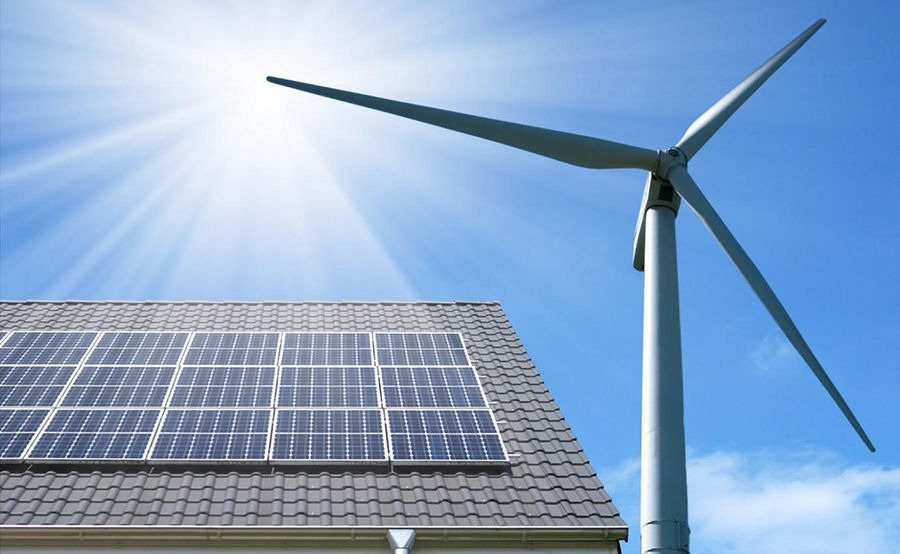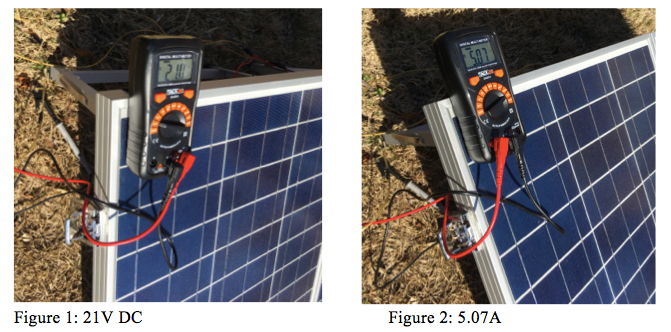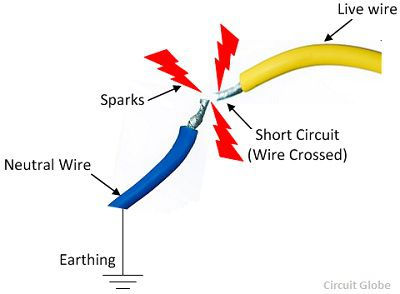Weekly Log 2 (Jan 17–23)
- seniordesign18
- Apr 3, 2018
- 2 min read
This week, our group talked about how the controller for our DC Microgrid project will function. We initially talked about creating a controller that would switch between the inputs of the PV panel, wind turbine and the battery; however, after furthering our research, it became evident that our system running off of only the PV panel or wind turbine (which was supplied to us) alone was not very efficient/ ideal. We decided that the best way to prove our system’s ability to function as an ‘island system’ is to have the battery source as our main source.
We will create a charge controller that will determine how much our battery will be charged by the solar panel and wind turbine. This controller is crucial because our battery needs to have certain parameters set by the controller to ensure that it does not become over charged. We are also talking about setting up a ‘dump load’ for any extra power that does not need to be going into the battery (this will act as a protection device).
A charge controller or charge regulator is basically a voltage and/or current regulator to keep batteries from overcharging. It regulates the voltage and current coming from the solar panel & wind turbine going to the battery. Most "12 volt" panels put out about 16 to 20 volts, so if there is no regulation the batteries will be damaged from overcharging. Most batteries need around 14 to 14.5 volts to get fully charged.
Depending on the type of charge controller we can get, we will either have a single charge controller for both the PV panel and wind turbine, or 2 charge controllers for each input. Overall, our main power source will be the battery; hence, it is crucial that our batter is charged correctly and functioning properly to supply our system. Below is the ideal design we would like to implement.

Figure 1: Our setup for the system




Comments